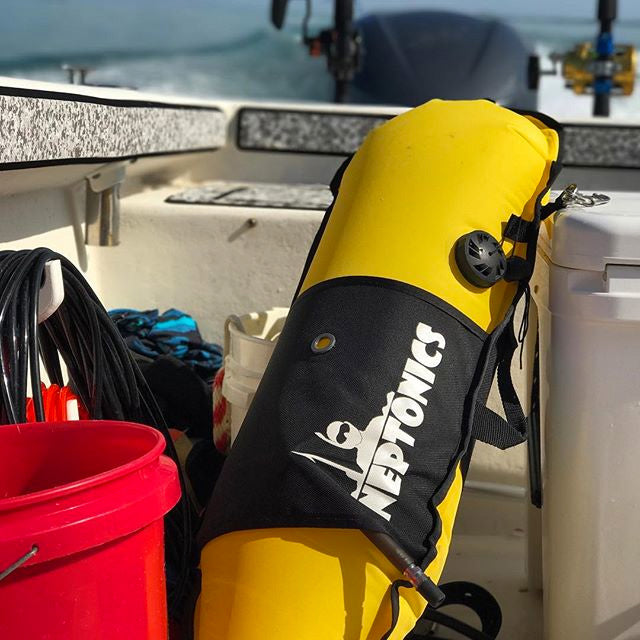
Spearfishing Tips - 15 Basic Safety Tips
Spearfishing is one of the most dangerous sports an adventurer can pursue. The following guidelines will aid you in exploring the world of underwater hunting while prioritizing safety.
-
Inform a Responsible Person: Prioritize informing a trusted individual of your dive plans. Tell them where you're going, how deep you're diving, when you plan to be back, and who you're going with. This ensures that if you don't return on time, search and recovery teams can have as much information as possible about where to pick you up. Notify them upon your safe return.
-
Always Dive with a Buddy: This cannot be emphasized enough. Spearfishing entails a range of hazards that can't always be planned for. A buddy helps you think through and overcome unforeseen situations on the water. The cardinal rule is to always have a diving companion; solo diving should be avoided under all circumstances.
-
Quick Release Is Your Best Friend: Familiarize yourself with the quick release mechanism of your weight belt. This knowledge can be crucial in emergency situations. Ditch the belt if you ever feel close to blackout.
-
Speargun Safety: Treat your speargun as you would a loaded firearm. Avoid pointing it at anyone, even inadvertently. Don't put it under your arm or between your legs when talking to your buddy on the surface, because you're now pointing a loaded gun at him. Keep it unloaded when not in use, even when on a boat. Your safety and that of others outweigh any convenience.
-
Positive Identification: Before pulling the trigger, ensure you've accurately identified the fish and what is behind it. Getting an ID on the fish is important for legal reasons, but knowing what is behind it will prevent you from rocketing your shaft into something you don't want to hit.
-
Freediving Class: Enroll in a freediving class to gain a deep understanding of freediving principles and rescue techniques.
-
CPR and First Aid Training: Equip yourself and your dive partner with CPR and first aid skills. These skills can prove invaluable in emergencies.
-
Understand Topography: Understand the underwater landscape of your chosen dive site. Areas with restricted water flow can have strong currents, particularly near underwater structures like reefs, pinnacles, walls, drop-offs, islands, and points.
-
Tide Awareness: Study tide tables and anticipate stronger currents during periods of higher tidal slope. Be prepared for current shifts during tide changes. Slack tides are always best for spearfishing.
-
Physical Conditioning: Treat spearfishing as a sport and train your body accordingly. Train like your life depends on it... because it does.
-
Gradual Progression: If you're a beginner, avoid planning excessively long diving sessions. Don't do a full 5-6 hour competitive dive tournament. Start with shorter dives and gradually work your way up.
-
Proper Weighting: Ensure your weight is appropriately calibrated for your wetsuit and diving conditions. This enhances buoyancy control and overall safety.
-
Awareness of Marine Life: Recognize potential threats from various marine creatures beyond sharks, such as seals, barracuda, and large groupers. These creatures can impact your diving experience by stealing your fish. Additionally, make sure you're aware of urchins, jellyfish, lionfish, fire coral, and other stingers!
-
Stay Hydrated: Proper hydration is essential for proper equalization and overall well-being during dives.
-
Boat Traffic Precautions: Divers can be vulnerable in areas with heavy boat traffic. Use a float with a flag and a floatline to enhance visibility and alert nearby boaters to your presence. If you're diving from a boat, make sure your dive flag is the tallest thing on the boat.
Spearfishing requires a thorough understanding of its risks and an unwavering commitment to safety. By adhering to these guidelines, you can explore the underwater world while safeguarding yourself and those around you.
